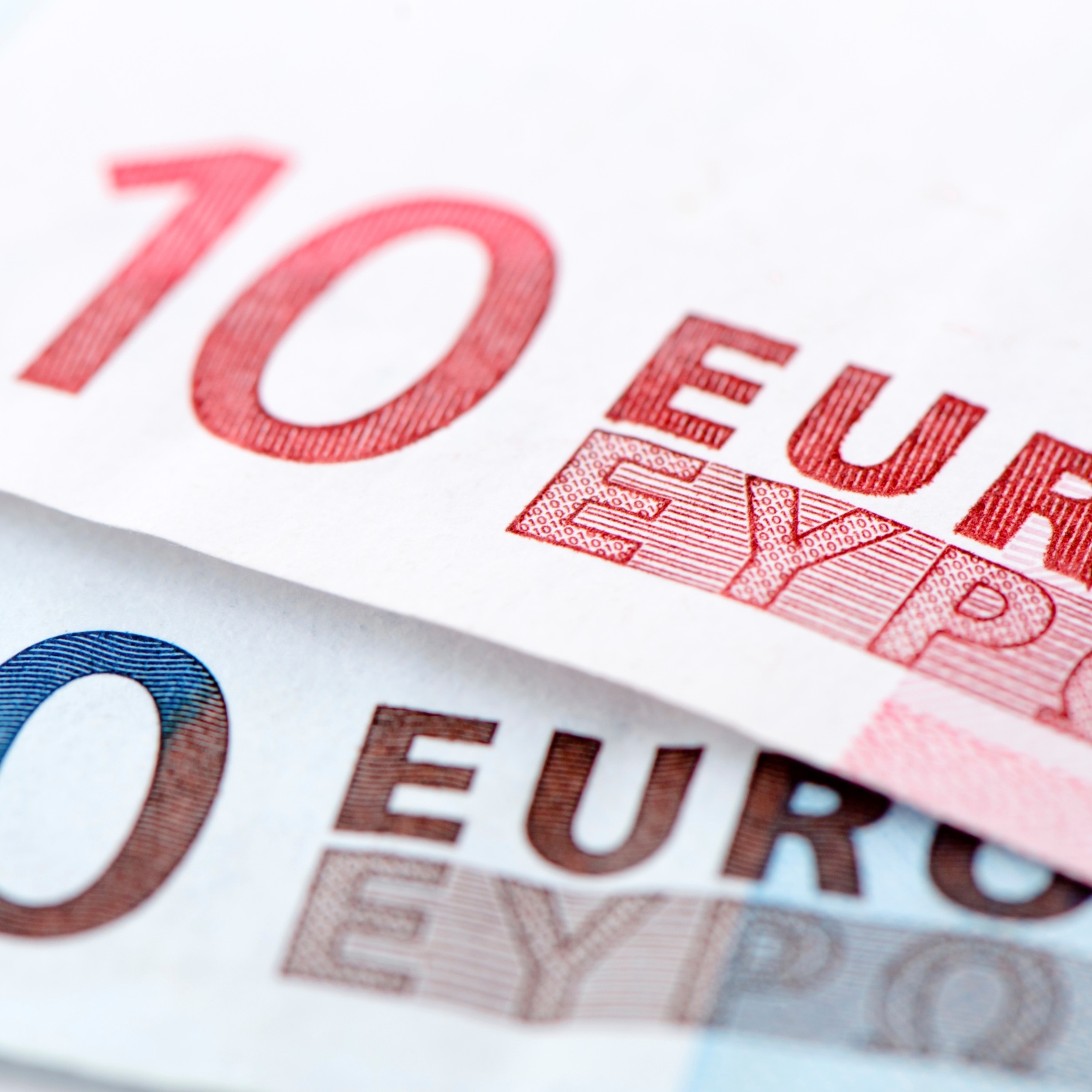Economy
ECB Rate Decision Delivers No More Free Money to the Markets

Published:
Last Updated:

President Mario Draghi and the European Central Bank (ECB) may have dashed some of the ambitions of investors who have been hoping for the endless quantitative easing money that they have grown so used to. The latest ECB report took wind out of the equity markets.
At Thursday’s meeting, the Governing Council of the ECB decided that the interest rate on the main refinancing operations and the interest rates on the marginal lending facility and the deposit facility will remain unchanged. That was largely expected and will be at 0.00% (main refinancing operations), 0.25% (marginal lending facility) and −0.40% (deposit facility).
The official statement showed that the Governing Council continues to expect the key ECB interest rates to remain at present or lower levels for an extended time. Despite no new serious asset purchases, Draghi and his team did indicate specifically that these same interest rates would remain at or lower than the current rates well past the horizon of the ECB’s net asset purchases.
The ECB further said:
Regarding non-standard monetary policy measures, the Governing Council confirms that the monthly asset purchases of €80 billion are intended to run until the end of March 2017, or beyond, if necessary, and in any case until it sees a sustained adjustment in the path of inflation consistent with its inflation aim.
Draghi’s commentary is what may have dashed some hopes here for those who want the endless central bank money to continue. The reality is that the ECB’s available target for bond purchases may be running out of supply.
One issue to consider is that the ECB staff are actually changing their forecasts for GDP:
Other comments from Draghi’s notes were seen as follows:
- The baseline scenario is subject to downside risks, and risks to the outlook of growth have tilted to the downside.
- Real GDP is expected to grow at a moderate but steady pace.
- The ECB will act using all instruments if warranted, and the committee has been tasked to evaluate options for securities and asset purchases.
- There have been sustained employment gains supporting support for households, but the recovery is expected to be dampened by subdued foreign demand.
- Inflation is expected to pick up near the end of 2016, although it is expected to remain low over the next few months.
The S&P 500 index was last seen down over five points at 2,180.5 and the Dow Jones Industrial Average was down 54 points at 18,472. The Nasdaq was down roughly 22.5 at 5,261.4.
Credit card companies are pulling out all the stops, with the issuers are offering insane travel rewards and perks.
We’re talking huge sign-up bonuses, points on every purchase, and benefits like lounge access, travel credits, and free hotel nights. For travelers, these rewards can add up to thousands of dollars in flights, upgrades, and luxury experiences every year.
It’s like getting paid to travel — and it’s available to qualified borrowers who know where to look.
We’ve rounded up some of the best travel credit cards on the market. Click here to see the list. Don’t miss these offers — they won’t be this good forever.
Thank you for reading! Have some feedback for us?
Contact the 24/7 Wall St. editorial team.